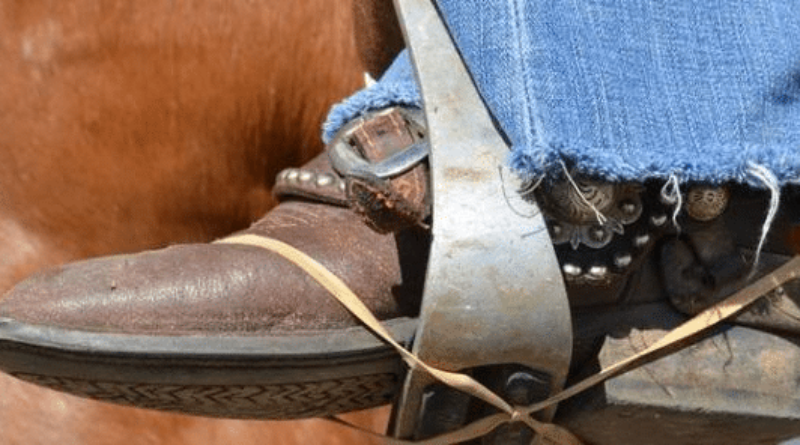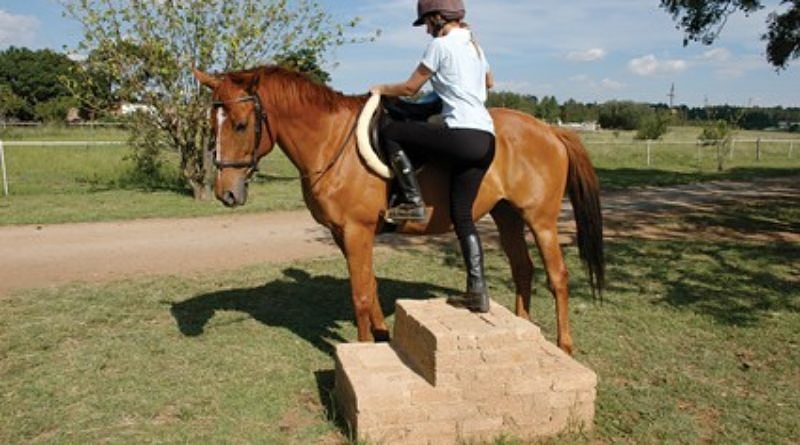6 weird workarounds… that I wouldn’t recommend
As a horse trainer, I see and hear about some very unusual ways to get around problems. Sometimes these ‘tricks’ are resourceful and inventive but every so often I come across an idea that is truly bizarre. Here are six controversial ‘shortcuts’ that I wouldn’t recommend!
1) Rubber bands to keep your feet in the stirrups
Safety-conscious equestrians may cringe but the use of rubber bands is actually fairly widespread. Primarily used in American barrel racing, they help the rider keep their feet in the stirrups during competition so that they don’t waste valuable time getting their stirrups back if they lose them. Even though users will insist that the bands will snap if there’s an accident, I would rather be safe than sorry! Rubber bands are also sometimes used to help disabled riders keep their stirrups – on suitably quiet ponies.
2) Dressage boots with weighted heels to help keep your heels down.

Equestrians are always struggling to keep heels down – but would you believe that some boots have weighted heels to help accomplish this? I’m not sure if I do but I was once told by an old dressage rider that she had encountered boots with weights in the heels when she was younger. We might never know if these boots truly existed but that’s some shortcut!
3) Stiff Western reins
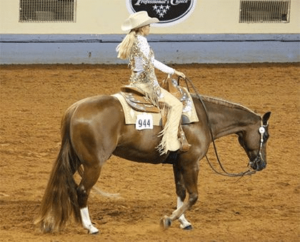
This is another one I’m not sure I believe… But apparently loopy reins containing wire have been spotted in some American tack shops. The purpose of these reins, if they exist, would be to allow the rider to maintain a form of contact while giving the impression of a loopy Western rein. I suppose if you don’t look too closely…
4) The homemade serrated noseband
From something highly unlikely to something that definitely exists… Serrated nosebands are frequently seen in some parts of the world. For instance in Spain they are known as “serreta” nosebands. Most often used for lunging or leading stallions, these nosebands give the handler much greater control over the horse’s head. They can be severe and work by making it painful for the horse to resist. Though horses can learn to respond to the pressure appropriately, this is also a strategy that is likely to result in a more highly strung and stressed animal. If you want your horse to lead well, ensuring they are calm and focused is a much more sustainable approach – and much kinder to the horse as well.
The homemade equivalent to the serrata, a curb chain taped onto the inside of a cavesson noseband creates a bumpy, uncomfortable surface. The more twisted the curb chain, the more severe. As part of a bridle, this is a very harsh way to keep the mouth shut as any attempt to open the jaw will cause the horse pain. This is done in an attempt to make the horse more responsive to the bit but in reality pain is more likely to send the horse into a panicked flight state and reduce their responsiveness to the bit as well as their ability to learn.
5) Sheepskin nosebands
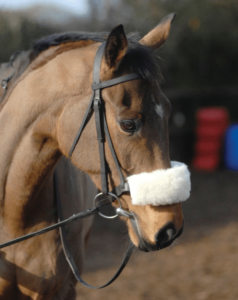
A common sight on many eventers as they run cross country, what few outsiders know is that these are sometimes used because they are believed to encourage a lower head carriage by blocking the horse’s view when they raise their head. This gives the rider a bit more control when approaching fences as the horse is less likely to evade the effect of the bit. It’s unclear whether this really works – but at least this one is harmless! Sheepskin on cheekpieces can similarly be used as a set of blinkers, preventing the horse from seeing things behind them that might cause a spook or serve as a distraction. While every little helps in competition and I don’t think there’s any real harm in using accessories like this to help you when riding, this type of thing shouldn’t be used in place of good, solid training.
6) Thumbtacks in bell boots
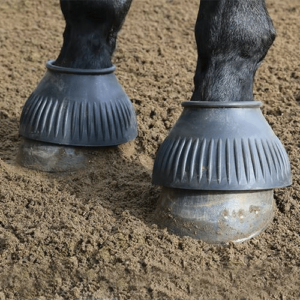
A lot of people will be familiar with the concept of ‘rapping’. It’s an old-fashioned and widely frowned-upon method to encourage a horse to jump more cleanly by banging or ‘rapping’ the legs with a pole as the horse jumps, causing the horse discomfort and making them feel they must jump higher to avoid the pain. Because this is now widely considered a psychologically abusive training method, and perhaps also because of sheer laziness, some people have found a more discreet way to achieve the same effect: thumbtacks in bell boots. To be truthful, I’m not even sure how this one’s supposed to work! In reality this kind of approach runs a very high risk of leading to refusals and a generally unhappy, confused horse!

